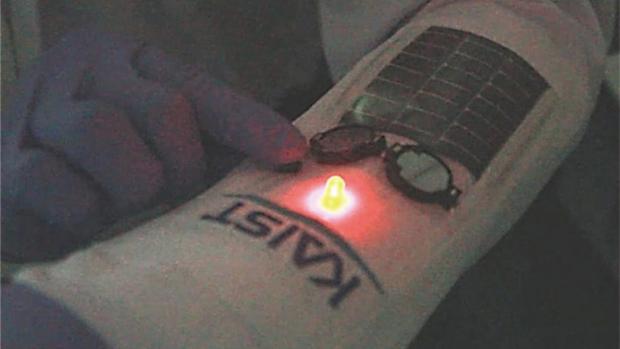
Breaking News
 Lumber Prices Are Flashing a Warning Sign for the U.S. Economy
Lumber Prices Are Flashing a Warning Sign for the U.S. Economy
 The Cost Of Living The American Dream For A Lifetime Has Reached A Whopping 5 Million Dollars
The Cost Of Living The American Dream For A Lifetime Has Reached A Whopping 5 Million Dollars
 Reverse Erectile Dysfunction FAST (Without Viagra)
Reverse Erectile Dysfunction FAST (Without Viagra)
 Who's Buying Up America's Farmland? The Land Grab You Need to Know About
Who's Buying Up America's Farmland? The Land Grab You Need to Know About
Top Tech News
 Methylene chloride (CH2Cl?) and acetone (C?H?O) create a powerful paint remover...
Methylene chloride (CH2Cl?) and acetone (C?H?O) create a powerful paint remover...
 Engineer Builds His Own X-Ray After Hospital Charges Him $69K
Engineer Builds His Own X-Ray After Hospital Charges Him $69K
 Researchers create 2D nanomaterials with up to nine metals for extreme conditions
Researchers create 2D nanomaterials with up to nine metals for extreme conditions
 The Evolution of Electric Motors: From Bulky to Lightweight, Efficient Powerhouses
The Evolution of Electric Motors: From Bulky to Lightweight, Efficient Powerhouses
 3D-Printing 'Glue Gun' Can Repair Bone Fractures During Surgery Filling-in the Gaps Around..
3D-Printing 'Glue Gun' Can Repair Bone Fractures During Surgery Filling-in the Gaps Around..
 Kevlar-like EV battery material dissolves after use to recycle itself
Kevlar-like EV battery material dissolves after use to recycle itself
 Laser connects plane and satellite in breakthrough air-to-space link
Laser connects plane and satellite in breakthrough air-to-space link
 Lucid Motors' World-Leading Electric Powertrain Breakdown with Emad Dlala and Eric Bach
Lucid Motors' World-Leading Electric Powertrain Breakdown with Emad Dlala and Eric Bach
 Murder, UFOs & Antigravity Tech -- What's Really Happening at Huntsville, Alabama's Space Po
Murder, UFOs & Antigravity Tech -- What's Really Happening at Huntsville, Alabama's Space Po
Hybrid aqueous battery charges up in under 30 seconds

But there are plenty of teams working on alternatives like lithium-air, sodium-ion, lithium-metal and aluminum-ion designs that may help solve some of the drawbacks of lithium-ion batteries. The latest, an aqueous hybrid capacitor, is stable, safe and boasts high energy and power densities, recharging in as little as 20 seconds.
The new creation, out of the Korean Advanced Institute of Science and Technology (KAIST), is made with a liquid electrolyte sandwiched between a specially-designed anode and cathode. The anode is made with polymer chain materials based on graphene, which gives it a high surface area, allowing it to store more energy. The cathode material was made up of nickel oxide nanoparticles embedded on graphene.
Thanks to these materials arranged in these structures, the new device had much higher energy density and faster energy exchange than other aqueous batteries. It was far more stable with minimal energy loss, maintaining its capacity at close to 100 percent over 100,000 redox cycles.

 Tiny briefcase engine boosts EV range beyond battery power
Tiny briefcase engine boosts EV range beyond battery power 

